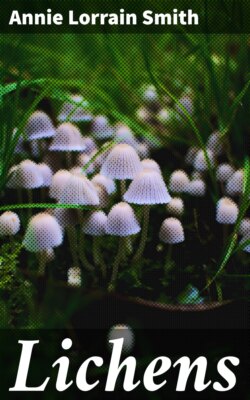Читать книгу Lichens - Annie Lorrain Smith - Страница 21
На сайте Литреса книга снята с продажи.
C. Culture Experiments with the Lichen Thallus
ОглавлениеIt had been repeatedly stated that the gonidia might become independent of the thallus, but absolute proof was wanting until Speerschneider[168], who had turned his attention to the subject, made direct culture experiments and was able to follow the liberation of the green cells. He took a thinnish section of the thallus of Hagenia (Physcia) ciliaris, and, by keeping it moist, he was able to observe that the gonidial cells increased by division; the moist condition at the same time caused the colourless filaments to die away. This method of investigation was to lead to further results. It was resorted to by Famintzin and Baranetzky[169] who made cultures of gonidia extracted from three different lichens, Physcia (Xanthoria) parietina, Evernia furfuracea and Cladonia sp. They were able to observe the growth and division of the green cells and, in addition, the formation of zoospores. They recognized the development as entirely identical with that of the unicellular green alga, Cystococcus humicola Naeg. Baranetzky[170] continued the experiments and made cultures of the blue-green gonidia of Peltigera canina and of Collema pulposum. In both instances he succeeded in isolating them from the thallus and in growing them in moist air as separate organisms. He adds that “many forms reckoned as algae, may be considered as vegetating lichen gonidia such as Cystococcus, Polycoccus, Nostoc, etc.” Meanwhile Itzigsohn[171] had further demonstrated by similar culture experiments that the gonidia of Peltigera canina corresponded with the algae known as Gloeocapsa monococca Kütz., and as Polycoccus punctiformis Kütz.
